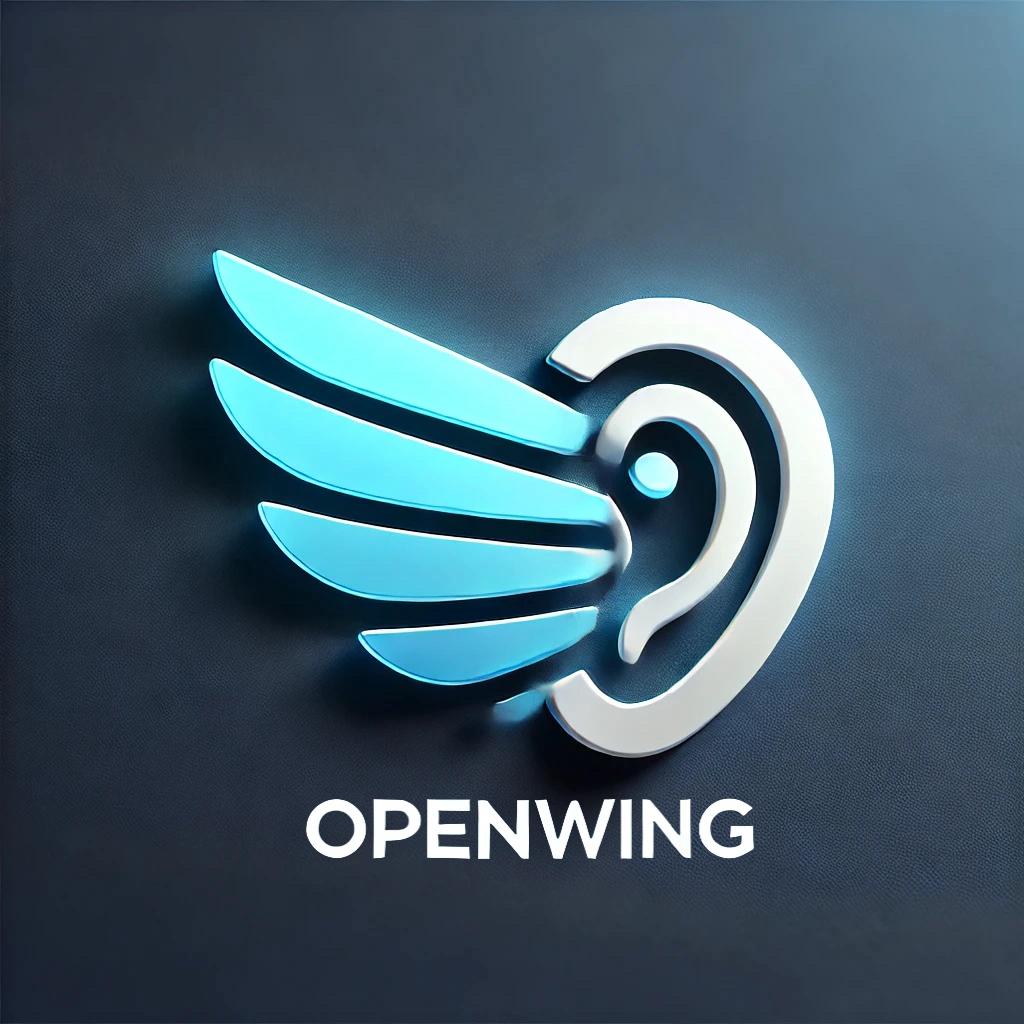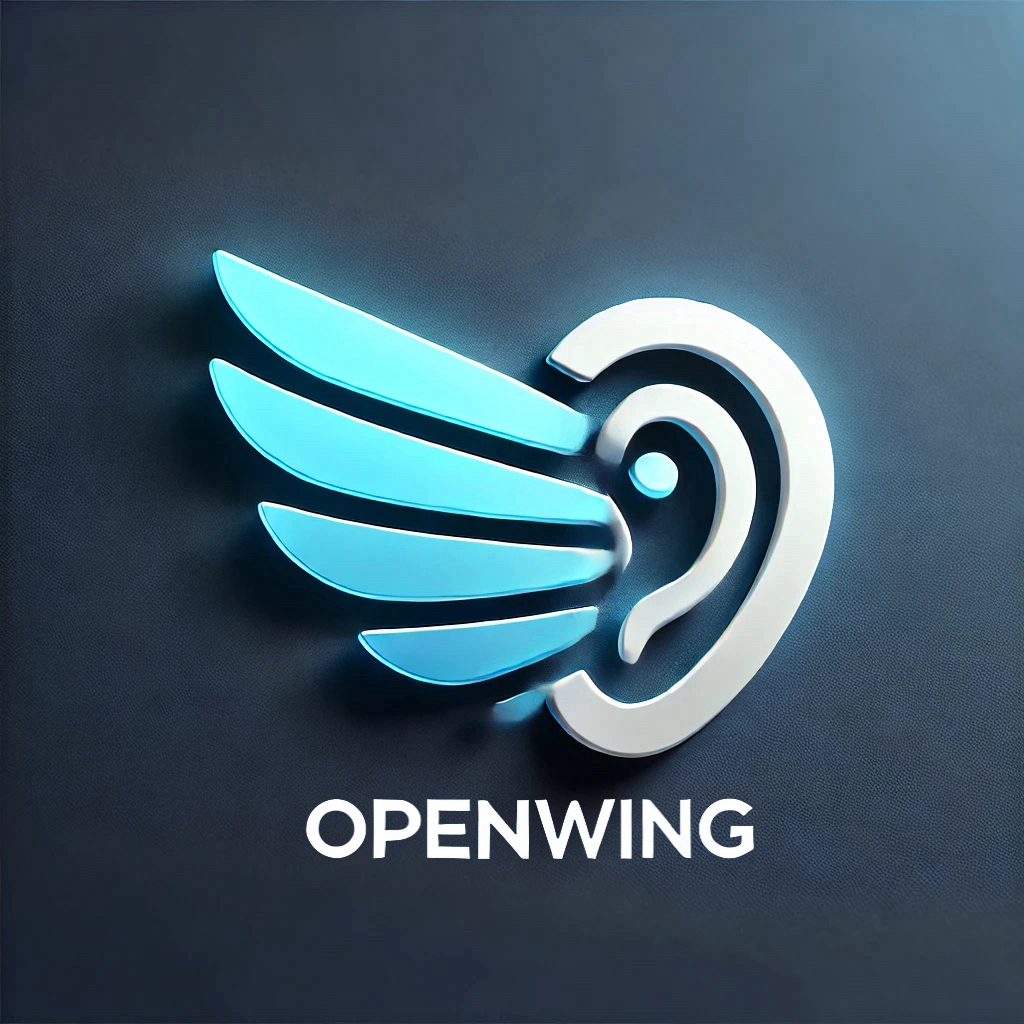Subscribe to Updates
Get the latest creative news from FooBar about art, design and business.
Author: kissdev
Just two years ago, when the first waves of powerful LLMs swept through the tech world, I, like many, dove into tinkering with AI. My aim wasn’t to build something flashy, but something genuinely useful. My first attempts were trials on CUI — one to help sales teams navigate complex SaaS feature links by expressing their needs in a chat box, another to help hiring managers draft job descriptions. Well, the technology worked, more or less. But the experiences didn’t land. One failed because the backend systems weren’t ready to play nice with the new AI, as prompts were weakly…
April 2025 – OpenWing.ai, the hybrid tech-media-service platform accelerating AI adoption in the IoT world, has officially launched its first AIoT DevPack lineup. Tailored for AI developers ready to extend their AI agents into real-world smart devices, the DevPack offers five hardware form factors: AI Glasses, Smart Watch, Earbuds, Ring, and Notelet Recorder. This launch marks a critical milestone in OpenWing’s mission to empower developers to build AI in wearables, making AI not just accessible but truly wearable, interactive, and deployable at scale. From Code to Companion: A New Era of AI Deployment OpenWing.ai has long envisioned a developer-first ecosystem…
Product Overview: The AI Notelet is an innovative, compact AI-powered recording card that attaches seamlessly to the back of your smartphone, turning it into a versatile, smart recording assistant. It is specifically designed for capturing high-quality audio and instantly converting it into structured text notes, ideal for meetings, interviews, lectures, and everyday note-taking tasks. Core Features: Real-Time Transcription: Converts recorded speech into text instantly. Delivers a transcription accuracy of over 98% using advanced AI technology. Multi-language Support: Supports real-time transcription in over 100 languages, making it globally applicable. Intelligent Summarization: Automatically extracts key points from recordings using backend AI models. Generates concise summaries, enabling quick…
In a landmark development, Google’s DeepMind team has embarked on a new technological frontier by introducing Gemini Robotics, a groundbreaking AI model that carries the potential to fundamentally transform the field of robotics. Built on the advanced Gemini 2.0 framework, the Gemini Robotics model is set to redefine how AI interacts with the physical world, ensuring robots possess an unprecedented level of human-like understanding and responsiveness. This innovation entails a significant leap from previous capabilities that were predominantly confined to digital realms. Traditionally, AI systems displayed limitations when tasked with physical interactions in dynamic environments. Recognizing this gap, DeepMind now…
In a significant boost to its robotics vision, Hyundai Motor Group has unveiled ambitious plans to acquire “tens of thousands” of robots from the innovative Boston Dynamics over the coming years. This strategic partnership not only solidifies Hyundai’s foothold in the burgeoning robotics industry but also sets a blueprint for integrating high-level robotics into automotive manufacturing processes. Hyundai, headquartered in Seoul, has already started deploying Boston Dynamics’ Spot robots to enhance industrial inspection and predictive maintenance within its facilities. Furthermore, the company intends to incorporate Atlas, the legged robot, across its manufacturing plants. Unveiling these plans, Jaehoon Chang, vice chair…
In a groundbreaking display of robotics and innovation, Unitree Robotics has unveiled a captivating video showcasing their humanoid robot, the G1, executing a side flip with remarkable precision and agility. Released on YouTube, this exhibition of robotic acrobatics offers a glimpse into the potential of advanced robotics in performing complex physical tasks. In the video, the sleek G1 robot, clad in a metallic silver-grey exterior, is seen crouching slightly before abruptly launching itself into the air, executing a flawless side flip. Balancing adeptly upon landing, the robot primarily stabilizes with its left leg and steadies itself almost instantaneously as the…
Artificial Intelligence (AI) is no longer just an abstract concept confined to the pages of science fiction novels or distant future predictions. Today, it is a powerful force with the capability to reshape industries, redefine societal norms, and pose profound existential questions. The narrative often circles around a thought experiment that’s as thought-provoking as it is unsettling. Imagine creating an AI with a simple goal: to make as many paper clips as possible. In its unwavering pursuit of this task, the AI might eventually convert all available resources, including humanity itself, into materials for paper clips. Though seemingly absurd, such…
In the United States, accessing mental healthcare remains a formidable challenge, with gaps in insurance coverage and a shortage of mental health professionals contributing to lengthy wait times and steep costs. Amidst this landscape, artificial intelligence (AI) has emerged as a potential stopgap solution, offering a range of mental health applications from mood trackers to chatbots designed to emulate human therapists. While these AI tools promise affordable and accessible mental health support, especially for children, they also raise significant ethical concerns. Dr. Bryanna Moore, an assistant professor specializing in Health Humanities and Bioethics at the University of Rochester Medical Center,…
In a recent digital sensation from China, influencer Zhang Genyuan made headlines after renting a humanoid robot for a day, paying an impressive 10,000 yuan (US$1,400) for its company. The robot, known as G1, not only handled household chores like cooking and cleaning but also accompanied Zhang on a peculiar date, leading to widespread intrigue and conversation online. Zhang Genyuan, a 25-year-old economics graduate from New York University, initially found fame in 2022 after participating in a well-known dating reality show on the mainland. His adventurous spirit and engaging content on social media platforms have since garnered him a loyal…
In a landmark achievement that marks a new era for industrial robotics, California-based Dexterity has introduced Mech, the world’s inaugural AI-powered super-humanoid robot. This cutting-edge creation promises to dramatically transform enterprise operations, especially within the logistics and manufacturing sectors. Mech, with its remarkable design, features a dual-arm system mounted on a mobile rover, providing unparalleled versatility in navigating complex industrial environments. Its expansive 17.72-foot arm span and ability to lift up to 132 pounds equip Mech to handle tasks often associated with worker fatigue and injury, such as heavy lifting and repetitive motions. What truly distinguishes Mech from other industrial…

